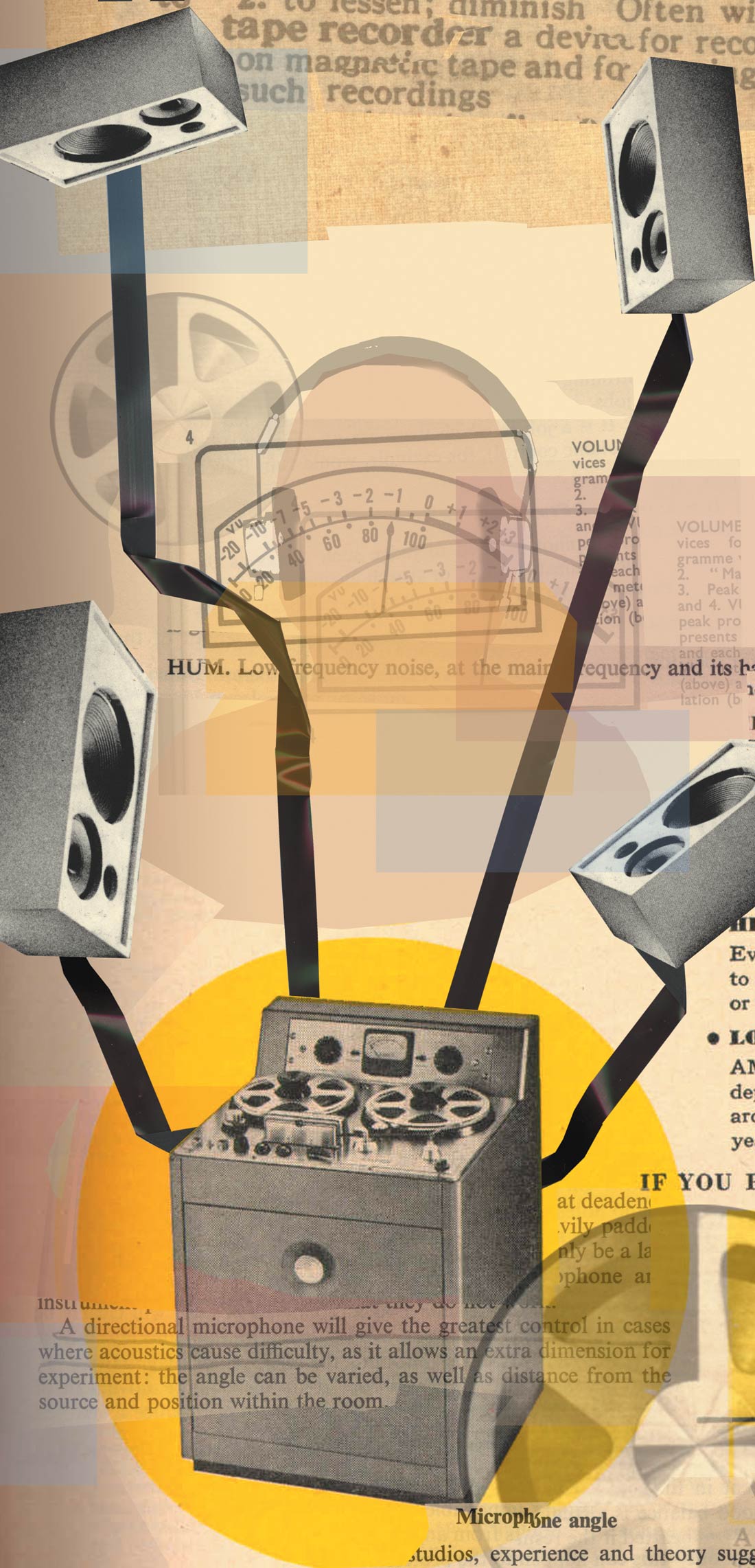I am a compression junkie. I admit this freely and without shame, because I've found that certain boxes give me a character that I can't create any other way. This is the reason 1176, LA-2A, BA-6A and 670 compressors are still found in the major studios. This is not to say that other compressors don't do gain reduction just fine, and I have nothing against transparency (thank you GML), but I generally prefer compression with a distinctive character. The downside is that all the old stuff costs lots of green, unless you live in Portland, where everything seems to be fifty bucks. Fortunately, Dave Derr and the crew over at Empirical Labs debuted the Distressor in 1996, the best thing to happen to compression in the last twenty years. A wide range of tones and stunning sonic quality made it an instant studio must-have. Derr's philosophy is simple: "We want to make products that work a little easier, a little better, and a lot longer - and make sure they are fun to use." Mission accomplished. With four knobs, four buttons, and two switches, this mono (1U) unit can generate a staggering range of tones. It looks and feels like it can take tons of abuse. It's eminently recallable and ridiculously simple to operate. A wry and wonderfully complete manual offers lots of great tips and advice... as if you're gonna read it. Patch the Distressor in and a minute later you've got great tone. (You'll read the manual eventually, so check it out online - you'll be glad you did.) Through a strange twist of fate, four Distressors have stumbled into my racks and have quickly become indispensable. I'm lost for words to describe this compressor - it's truly great. I find its tone reminiscent of vintage units (1176LN and LA-2A spring to mind), but with a unique clarity and edge. Bass, vocals, room mics (nuke mode is extreme), almost anything you throw at it rocks. The new X model adds two mods to the original - Image Link and British Mode - that Empirical will happily add to original Distressors for a fee. Image Link (between two X model Distressors) eliminates the image shift that can occur when a pair of compressors doesn't react to both sides of a stereo source. Nice. The British Mode option supposedly apes the all-four-buttons-in trick on the 1176, and I've found that it injects a welcome aggression into whatever you throw through it. I cannot live without this on electric guitars, period. There are so many options built into this box I don't know where to begin. With a range of ratios from 1:1 (basically harmonic enhancement), to 10:1 Opto (a separate circuit for vintage opto emulation), to NUKE (brickwall limiting), all bases are covered. You can select odd or even-order harmonic distortion and add a combination of sidechain EQ to vary the compression characteristics. Reminiscent of vintage units, there are settings that provide unintended benefits - selecting the link mode without another unit plugged in is a favorite, as is using the British Mode with higher ratios. The Empirical crew is seriously deep into pushing their technology to the limit - cruise their website, it will floor you. Additionally, I have never experienced finer customer support from a company. Case in point: When you send your original Distressors in for upgrade, they are cleaned and tweaked, and any dirty pots or buttons are replaced - pro bono. I can't imagine doing a session without the EL-8X in my rack. While I still rely on vintage gear for signature sounds (1176s on acoustics, LA-3As on vocals), I could easily do sessions with nothing but Distressors in the room. When interns ask what gear they should buy, I invariably reply, "A pair of Neve modules and a pair of Distressors. If you can't get it done with that, you can't get it done." I think that holds true for all of us. Thank you Empirical Labs, for you have given us a new classic.
(www.empiricallabs.com)




_disp_horizontal_bw.jpg)